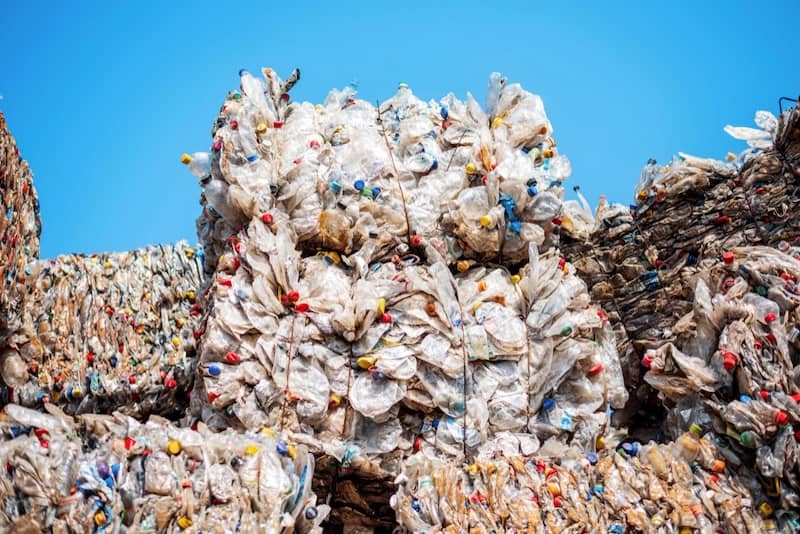Waste tires are a modern-day hazard that pose a significant challenge to the U.S. Despite recycling efforts and government regulations at the state and national levels, tires are still being disposed of improperly. Some consumers ignorantly stockpile them in vacant lots or knowingly dump them in vacant lots. Whatever the reason, there are long-term ramifications of these actions.
It is vital to understand the importance of recycling waste tires when they are removed from vehicles, as well as cleaning up old dump sites to mitigate the damaging environmental effects of these rotting rubber rings.
Wasting Natural Resources
Tire production is largely dependent on natural resources. Natural rubber is a primary component of many tires, and 90% of it comes from the rubber trees (Hevea brasiliensis) that are grown in Southeast Asia. After planting, these trees take five to six years to mature. Once they are full-grown, the trees must be sapped every day for the next 20-25 years. In the place of this scarce resource, synthetic rubber can also be used. However, this rubber comes at the cost of one barrel of oil per tire. Every new tire manufactured chips away at our limited natural resources.
Most of these resources can be recovered and reused if the tires are recycled when they reach the end of their useful life. While some tires may be given a new life at a retreading plant, that is not the case for most tires. The best use for the leftover material is to recycle it into other useful products. Waste tire recycling equipment, such as the machines we create here at Eco Green Equipment, is designed to extract and separate as much reusable material as possible from each tire.
Pollution
Tires do not decompose. When tires pile up in landfills or junkyards, they can release chemicals into the air, ground, and water that alter the ecosystem. Just sitting in the sun, a waste tire releases methane gas into the air. This greenhouse gas increases our carbon footprint and can contribute to climate change.
If the tire catches on fire, it can release clouds of toxic black smoke into the air. This smoke carries with it many of the chemicals that are used in tire manufacturing. For this reason, tire fires cannot be extinguished with water. When water is sprayed on this type of fire, the chemicals are washed away. They can then seep into groundwater stores and pollute our lakes and ponds.
Just setting tires on the ground for an extended period is enough to eradicate beneficial soil bacteria. Flora and fauna depend on the nutrients these bacteria produce for nourishment. Without the bacteria, plant and animal species lose habitat and die off.
Landfill Maintenance
Tire disposal is a problem of such immense proportions that there have been laws passed at the state and federal levels to regulate the process. In most states, you can face fines, or even criminal charges, for defying the laws. Presently, 38 states do not allow whole tires to be disposed of in landfills, and with good reason. Tires buried in landfills have a nasty habit of floating up to the top of the pile. Keeping these tires buried requires constant vigilance.
Landfills in Utah will accept whole tires, but only four at a time. This law keeps individuals from searching for an empty lot to dump their truck tires but disallows businesses from bringing in truckloads of tires. It forces the biggest producers of waste tires to find a better way to dispose of them.
Insect Infestation
Tires are the perfect breeding ground for vector-borne illnesses like West Nile Virus. The open center of a tire collects rainwater as it sits, creating small, still water pools. These pools are the perfect place for mosquitos to lay their eggs. Storing tires in this fashion is akin to building a home for these pesky insects. For this reason, there are also regulations governing tire storage by which tire manufacturers and recyclers must abide for the health and safety of employees as well as the public.
Destruction by Fire
Most vehicle tires contain a high fossil fuel content. They are highly flammable, and once they start burning, it isn’t easy to put them out. Even a small tire pile that catches on fire can burn for months before running out of fuel. Unfortunately, tires catch on fire more often than we would like. While they are flammable, tires do not usually spontaneously ignite. Most often, tire fires are the result of arson. However, if the piles are cleaned up, it removes both the opportunity and the temptation for vandals to cause trouble.
The average cost to clean up old tires that have been left to rot is estimated to be $93 per ton. That seems a relatively small price to pay to eliminate the many problems associated with leaving the tire to rot slowly. Some states have reimbursement programs to encourage tire recyclers to deal with this problem. Recycling old tires is the best solution for us if we hope to preserve the environment.
Contact us at ECO Green Equipment to find out more about our machines. We are constantly innovating ways to process more tires using less energy and at a lower cost to you. Our tire shredding equipment can stand alone or integrate with other machinery to help you process old tires as efficiently as possible. With our equipment, tires headed for landfill can be turned into tire shreds and crumb rubber that can be used in athletic fields, landscaping, playground surfaces, molded and extruded products and more. It’s a win for your organization and a win for the environment.




